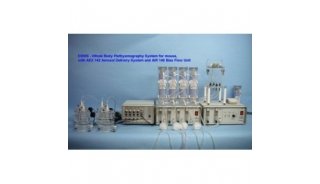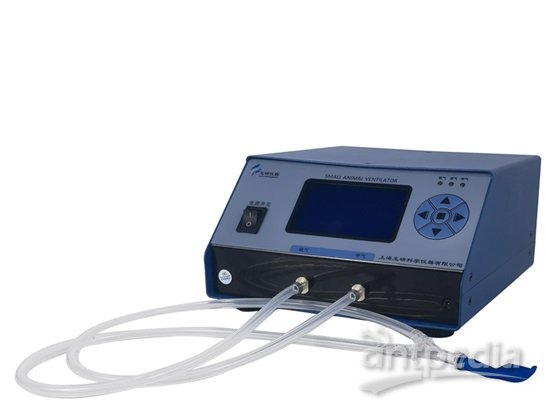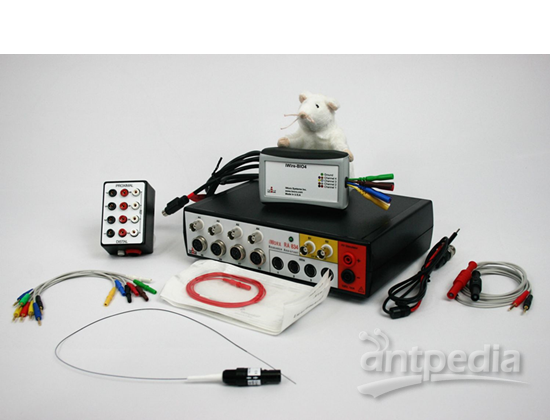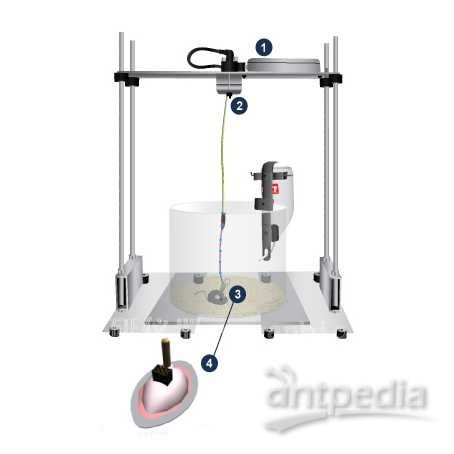Hypoxia and p53 in the Cardiovascular system

Hypoxic stress, like DNA damage, induces p53 protein accumulation and p53-dependent apoptosis in oncogenically transformed cells. Unlike DNA damage, hypoxia does not induce p53-dependent cell cycle arrest, suggesting that p53 activity is differentially regulated by these two stresses. Hypoxia induces p53 protein accumulation, but in contrast to DNA damage, hypoxia fails to induce endogenous downstream p53 effector mRNAs and proteins, such as p21, Bax, CIP1, WAF1 etc. Hypoxia does not inhibit the induction of p53 target genes by ionizing radiation, indicating that p53-dependent transactivation requires a DNA damage-inducible signal that is lacking under hypoxic treatment alone. The phosphatidylinositol 3-OH-kinase-Akt pathway inhibits p53-mediated transcription and apoptosis. Mdm2, a ubiquitin ligase for p53, plays a central role in regulation of the stability of p53 and serves as a good substrate for Akt. Mdm-2 targets the p53 tumor suppressor for ubiquitin-dependent degradation by the proteasome, but, in addition, the p53 transcription factor induces Mdm-2, thus, establishing a feedback loop. Hypoxia or DNA damage by abrogating binding of HIF-1 with VHL and p53 with Mdm-2, respectively, leads to stabilization and accumulation transcriptionally active HIF-1 and p53. At the molecular level, DNA damage induces the interaction of p53 with the transcriptional activator p300 as well as with the transcriptional corepressor mSin3A. In contrast, hypoxia primarily induces an interaction of p53 with mSin3A, but not with p300.
Contributor:
REFERENCES: Appella E, Anderson CW. (2001) Post-translational modifications and activation of p53 by genotoxic stresses. Eur J Biochem. 268(10):2764-72. Review. Asher G, et al., (2002) NQO1 stabilizes p53 through a distinct pathway. Proc Natl Acad Sci U S A. 5;99(5):3099-104. Blagosklonny MV. (2001) Do VHL and HIF-1 mirror p53 and Mdm-2? Degradation-transactivation loops of oncoproteins and tumor suppressors. Oncogene. 20(3):395-8. Review. Freedman SJ, et al., (2002) Structural basis for recruitment of CBP/p300 by hypoxia-inducible factor-1 alpha. Proc Natl Acad Sci U S A 99(8):5367-72. Koumenis C, et al., (2001) Regulation of p53 by hypoxia: dissociation of transcriptional repression and apoptosis from p53-dependent transactivation. Mol Cell Biol. 21(4):1297-310. Minet E, et al., (1999) Hypoxia-induced activation of HIF-1: role of HIF-1alpha-Hsp90 interaction. FEBS Lett. 460(2):251-6. Ogawara Y et al., (2002) Akt enhances Mdm2-mediated ubiquitination and degradation of p53. J Biol Chem. 277(24):21843-50. Ravi R, et al., (2000) Regulation of tumor angiogenesis by p53-induced degradation of hypoxia-inducible factor 1alpha. Genes Dev. 14(1):34-44. Sakaguchi K, et al.,. (2000) Damage-mediated phosphorylation of human p53 threonine 18 through a cascade mediated by a casein 1-like kinase. Effect on Mdm2 binding. J Biol Chem. 275(13):9278-83. Suzuki H, et al., (2001) Dephosphorylated hypoxia-inducible factor 1alpha as a mediator of p53-dependent apoptosis during hypoxia. Oncogene. 20(41):5779-88.






















